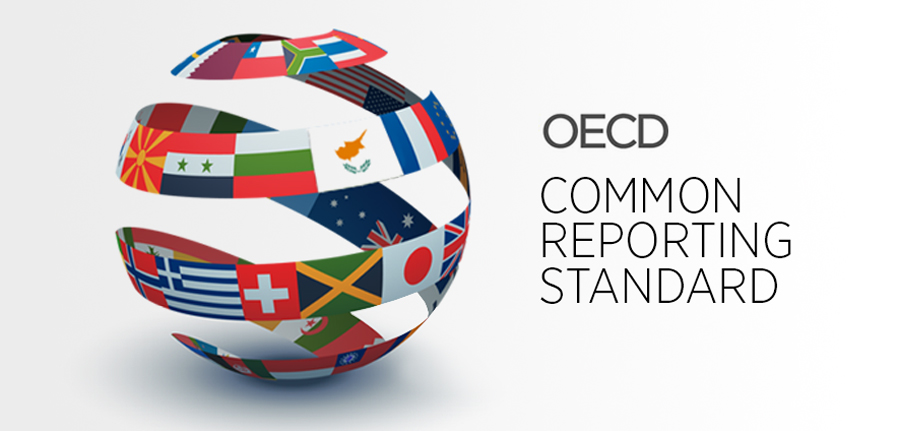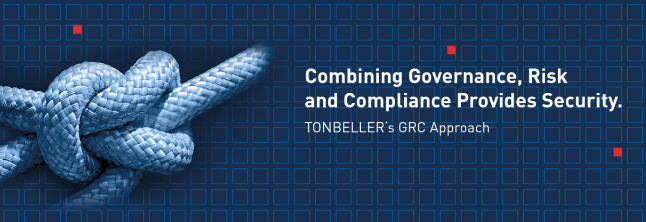The Automatic Exchange of Information developed from the 1988 Convention on Mutual Administrative Assistance in Tax Matters
The Convention is the most comprehensive multilateral instrument for all forms of tax cooperation to address tax evasion and avoidance, not just for exchange of financial account information. It was amended with the 2010 Protocol.
The Amended (Multilateral) Convention was opened for signature on 1st June 2011. Since 2011 94 jurisdictions have joined the Convention, including 15 jurisdictions covered by territorial extension (Chart of Participating Jurisdictions).
Under the Amended (Multilateral) Convention the exchange of information may take three forms: Under Article 5 – Exchange of information on request; under Article 6 – Automatic exchange of information and under Article 7 – Spontaneous exchange of information. The cooperation under the convention goes even to the recovery of foreign tax claims.
CRS Multilateral Competent Authority Agreement
Based on the authorization of Article 6 – Automatic exchange of information of the Amended (Multilateral) Convention, and the Reciprocal Model 1A FATCA Intergovernmental Agreement, Preexisting TIEA or DTC the OECD developed the CRS Multilateral Competent Authority Agreement (the “CRS MCAA”). On 29 October 2014 in Berlin, 51 jurisdictions participated in the first ever signing ceremony for the CRS MCAA. Since then total number of signatories to 80 have joined. Of the 80 jurisdictions 15 (including Switzerland) will make their first report in 2018 with respect to accounts opened as of and after 1 January 2017. The remaining jurisdictions are early adopters and will report in 2017 accounts opened as of and after 1 January 2016.
Common Reporting Standard (CRS)
The Standard was developed in response to the G20 request and was approved by the OECD Council on 15 July 2014. It describes the financial account information required to be exchanged, the financial institutions required to report, the different types of accounts and taxpayers covered and exempted (excluded), as well as common due diligence procedures to be followed by financial institutions.
Is the Common Reporting Standard (CRS) FATCA on Steroids?
Yes and No! There are many similarities between the two regimes, but also there are a lot of differences. The Devil is in the details!
How can USCANTAX help you navigate the complexities of the CRS?
In partnership with FICO Tonbeller Germany (fka Tonbeller AG), USCANTAX can implement an integrated Siron® FATCA Reporting, Siron® CRS Identification and Siron CRS Reporting systems. These systems are developed based on the Tonbeller’s legendary Siron® family of GRC solutions such as Siron® AML and Siron® KYC. They are very robust, but scalable and flexible and can be implemented on the client’s servers, or be based in the FICO’s servers.
Siron® CRS Reporting:
- Complies with legal CRS reporting regulation for national and international supervisory authorities in accordance with bilateral and multinational agreements
- Seamlessly integrates with the customers‘ tax residency CRS Identification to determine the customers‘ tax residency
- Audit-proof data preparation, report creation and distribution
- Easy adjustment of predefined reporting templates
- Flexible reporting options for customization or compliance with national requirements
- Numerous research and administration options, clear user guidance
- Easy integration of Siron CRS Reporting with existing infrastructures for fast implementation of AEOI requirements
- Flexible adjustment to complimentary AEOI requirements
- Data preparation from any data source
- Integration of U.S. FATCA reporting requirements Siron® FATCA Reporting

